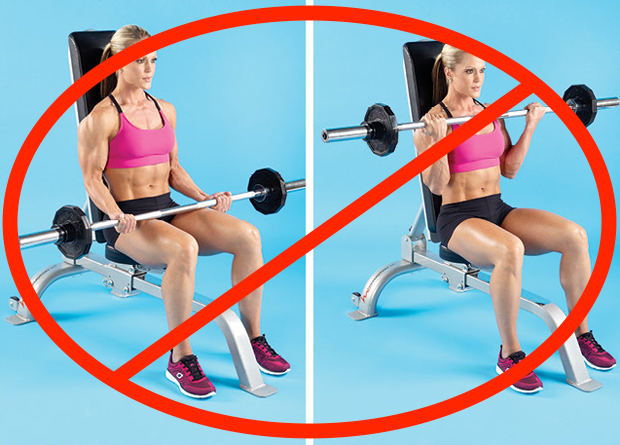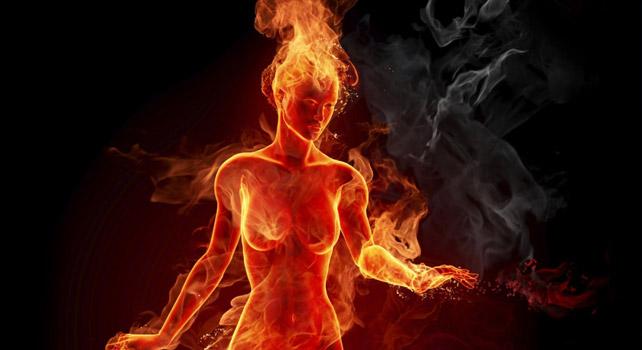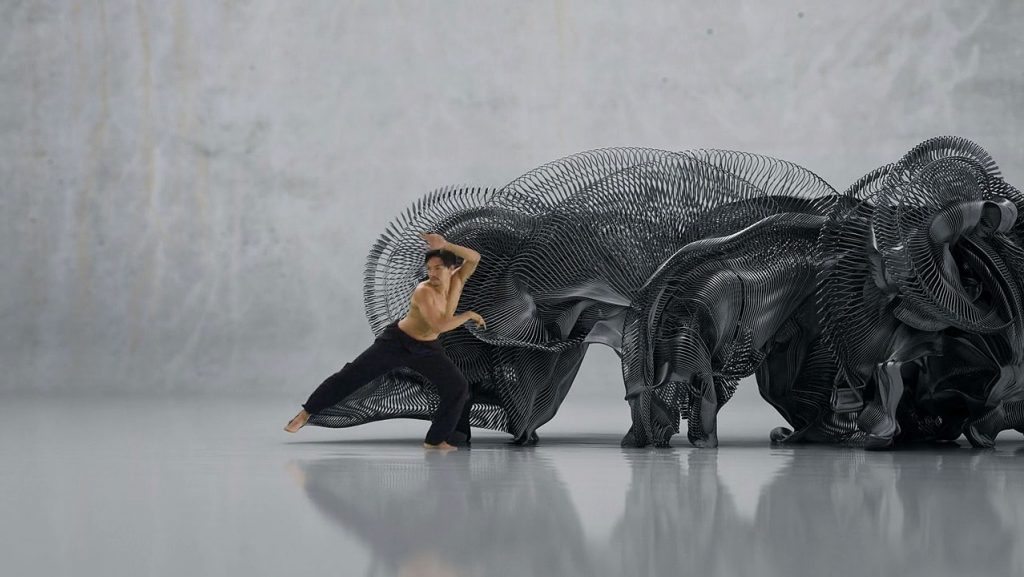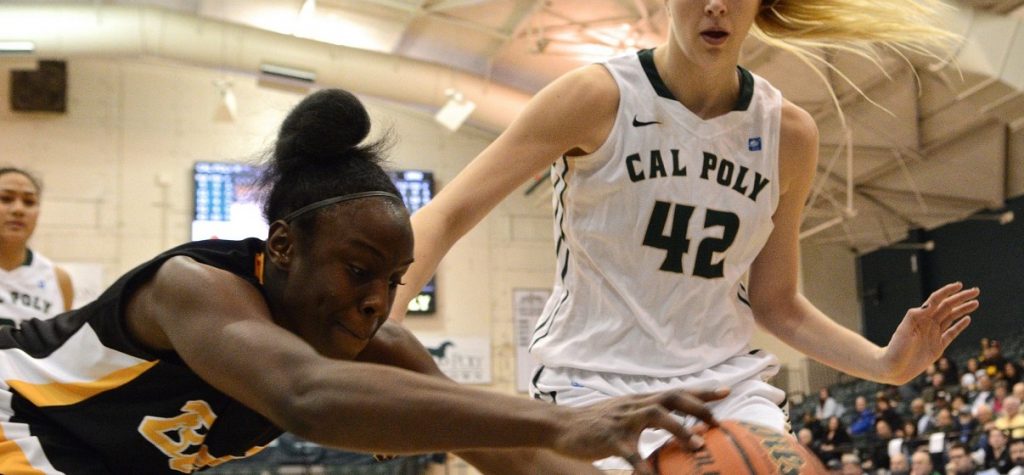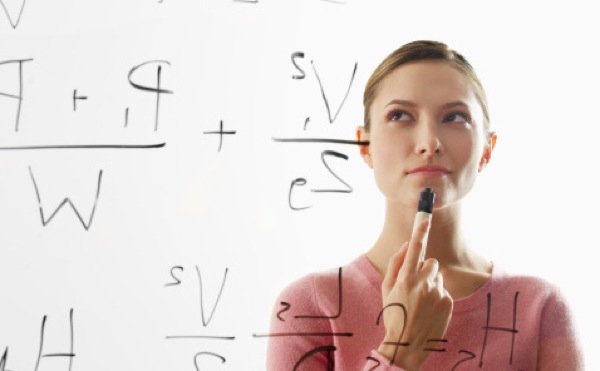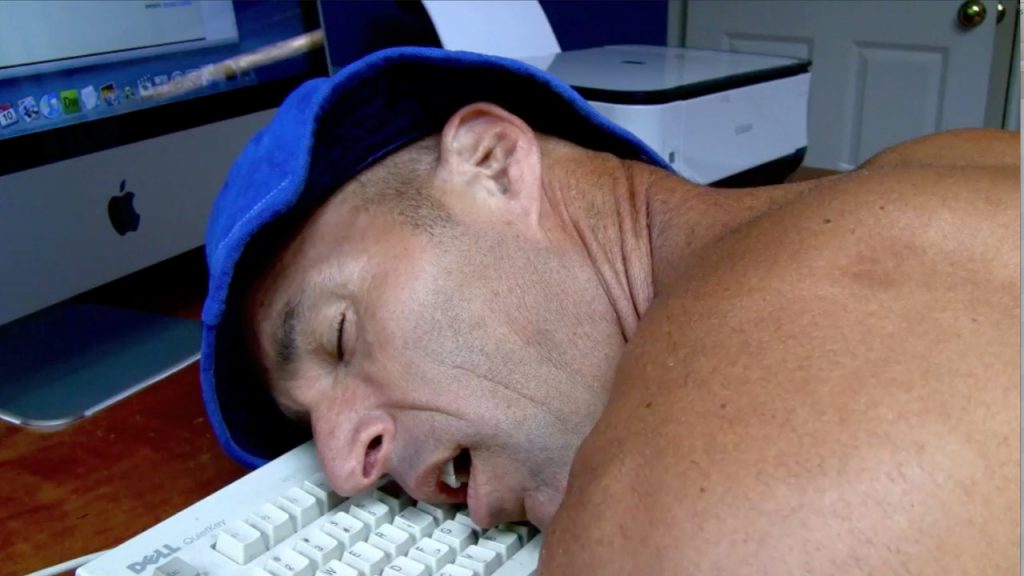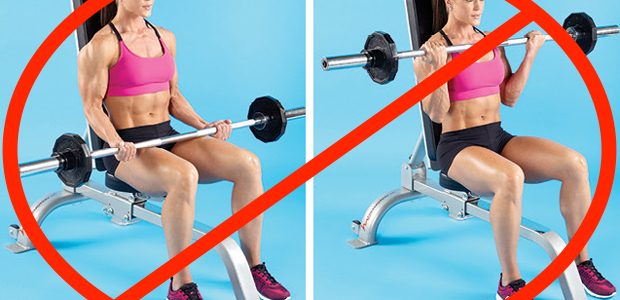
Resting between seated bicep curls, the man sighs, searching the floor like he’s lost something. He hasn’t. In three months of going to the gym, he hasn’t lost anything but motivation. He hasn’t gained anything either, performing bodybuilding moves like bicep curls and triceps extensions, all seated.
Fitness nerd warning: It’s about to get all physiology up in here. Skip to the next paragraph if you’re offended. You’ve been warned.
The larger muscles in your body start with your abdominal wall but include leg muscles like the gluteals, the quadriceps, and the hamstrings. In your upper body, we’re talking about your latissimus dorsi muscles (A.K.A. the batwings), your trapezius, and your erector spinae (the lower back muscles that hold you vertical).
Engaging your larger muscles when you train has long been valued by folks in the know for many reasons, starting with the fact that you will burn calories more efficiently, move better, play harder, work smarter and sleep way better.
Burn More Calories
“It’s a simple matter of weight ratios.” – Monty Python’s The Holy Grail
Bigger muscles require more fuel to work. Other than the muscles in your extremities, some of our smallest muscles get the most attention at the gym.
The “make a muscle” muscle, the bicep, gets way too much attention (I’m looking at you, men). Even the triceps to a certain degree.
Men and women, in search of better-shaped arms, burn more hours than calories working arm muscles, which would be better served in larger movements like the bench press, dips, pull-ups, deadlifts, and rows to name a few.
Move Better
“Get to the Chopper!” -Arnold Schwarzenegger in Preditor
Never has a man or woman lifted even a feather by only flexing the bicep.
Real life movement requires coordinated movement of many muscles, starting with the biggest. In the feather example, in most cases it would require as much leg and back muscles as it would the biceps.
Think of those secondary muscles as movement specialists. They allow you to get more specific about how to engage the world around you.
The smaller the muscle, the more specific the movement or the less load bearing attention you need to give it.
Play Harder
“I work hard, but I play hard too.” -Pitbull
Playing hard these days implies partying, but it used to mean how you pursued your leisure activities.
In the case of working the larger muscles, there is no difference. An adult with well developed larger muscles will function better on the court, but also in the nightclub.
The smallest improvement in the functionality of your larger muscles accounts for even larger benefits to your cardio respiratory and nervous systems.
For the adult who’s adding mass to these muscles, they will be even more adept at metabolizing. [Read: Able to drink more.]
Work Smarter
“[One] must be big enough to admit his mistakes, smart enough to profit from them, and strong enough to correct them.” -John C. Maxwell
No doubt, exercise has been proven to make us smarter. Training larger muscles in the way described in the intro, as opposed the way our seated friend is doing bicep curls, requires attention.
Big movements mandate your focus unlike nothing else in the weight room, lest you might hurt yourself.
While this level of work might leave you with weightlifter’s brain post-workout, like a fatigued muscle your brain will adapt in time. Some of our brightest doctors are power lifters.
Sleep Better
“The takers may eat better, but the givers sleep better.” – Marlo Thomas
Be a giver in the gym. Work your largest muscles in your lifts to reap the largest benefits at bedtime. The harder you labor, the better you will rest when opportunity provides.
Conversely, token workouts from seated positions are halfway to lying down. If you sleep through your workout, expect to workout while you rest.
Okay, that last arguement was a little silly, but folks who workout generally enjoy deeper and better rest than their non-exercising counterparts. If you take for granted that hard work equals heavy sleep, then it stands to reason: focus on the big muscles.
There are many more reasons to focus on your larger muscles when working out. Look to the exercisers whom you respect. See where they spend most of their time.
It won’t be on seated exercises, working only the smallest muscles on their bodies.
